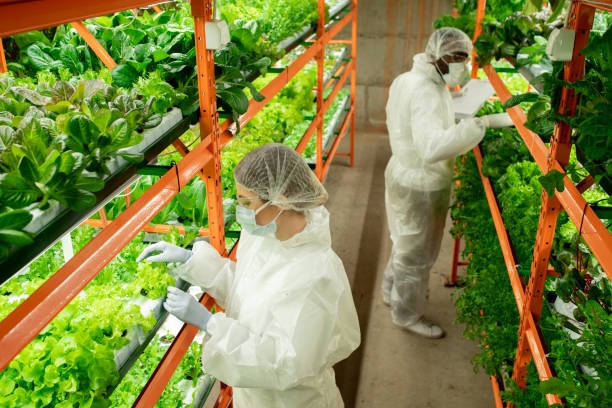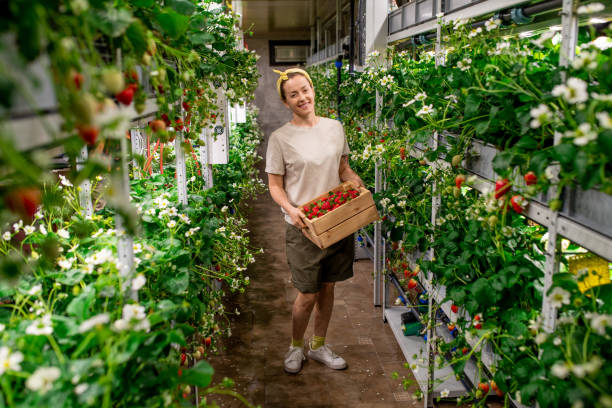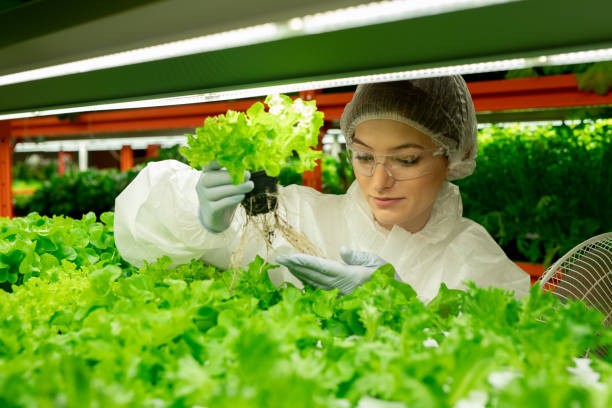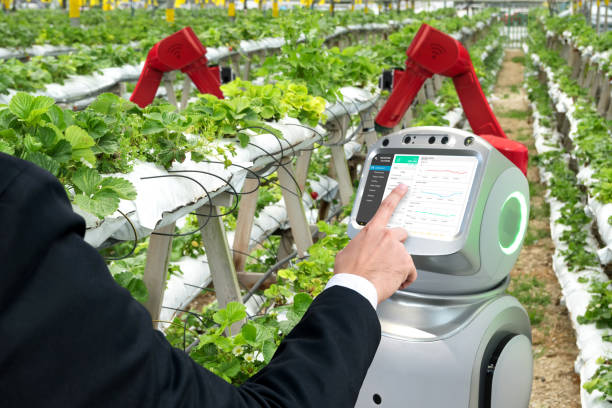UN steps up efforts to deliver aid in Lebanon amid fighting
The United Nations and its partners in Lebanon are stepping up their efforts to reach people in need amid continued fighting, a UN spokesperson said.
As per the United Nations report the global population is set to reach nearly ten billion marks by 2050 for which food production must increase by 70 percent. But due to erosion and today’s climate crisis, the world has already lost one-third of its cropland in the last 40 years, making the practice of traditional agriculture a challenge.

Vertical farming: Upcoming alternative for farmers (Image: iStock)
With Urbanization and Industrial snowballing, sustainable land for farming is unswervingly decreasing.
As per the United Nations report the global population is set to reach nearly ten billion marks by 2050 for which food production must increase by 70 percent. But due to erosion and today’s climate crisis, the world has already lost one-third of its cropland in the last 40 years, making the practice of traditional agriculture a challenge.
This is where the need for technological innovation in the farming processes arises and the idea of vertical farming is one among them.
Advertisement

Controlled environment agriculture (CEA), commonly known as Vertical Farming makes use of structures to grow crops vertically in indoor facilities. It not only majorly reduces the requirement for water but also increases yield and the ability to cultivate a larger variety of crops.
This technique of indoor farming facilitates the cultivation of all crops even those that are not suitable for the local climatic conditions, which means growing tomatoes near Haryana or potatoes near Kerala.

Vertical farming is most associated with urban farm production systems– easily integrating into urban landscapes, reducing the length of supply chains. This style of farming uses LED lighting instead of sunlight and rain with controlled growing and nutrition systems. Also constantly monitored and adjusted factors of production such as temperature, lighting, nutrients, irrigation, and air circulation are done.
Vertical farming can be done throughout the year without fearing weather conditions. Crops can be easily grown in stacked layers in skyscrapers, warehouses, or shipping containers, among other receptacles as it pushes away reliance on skilled labor, high soil fertility, and water consumption.
The vertical farming system consumes 75 percent less raw material than traditional farming with just 60 watts of power daily to grow 150 kg of vegetables in a month. For obtaining this quantity, it needs just 7 m2 of space as compared to traditional farming requiring at least 70 m2 of land area. Also, the requirement of water would be just 10 L to produce 1 kg of vegetables due to recycling as against 300-400 L under traditional farming estimated by the Food and Agriculture Organization of the United Nations (FAO).
Recently, Dubai opened the ‘World’s largest vertical farm’ that is set to produce more than 900 tonnes of leafy greens annually and will grow lettuces, arugula, mixed salad greens, and spinach, using less water than crops grown in fields.
Its two main advantages are growing more food in less space and eschewing pesticides.

According to Arya Sen, an economics professor, the agricultural sector of India is silently evolving, but still, traditional methods of farming are practiced in some states. Also, the Farmers face a lot of losses due to climate uncertainties or other factors. As the population of the country has already reached 1.39 billion and is continuously escalating, feeding such a big mass will surely become the toughest task in the upcoming years.
“With the fast development of the nation and setup of new industries in the country, arable lands are vanishing, so ultimately vertical farming is the only option for India as it will not only help in minimizing waste but also protect the crops from pests and other diseases, which are one of the major problems. This style will save the efforts of the farmers which they invest in growing crops.”
He added: “Also, India has no option but to accept this change, or else the country will remain backward in the agricultural field which is not good for developing India.”

Demand for vertical farming is expected to increase largely due to the popularity of organic foods estimated by FAO. “During the pandemic, eating practices of people completely changed and 40% of people now prefer to eat more organic food”, says Ronobir Sen, a dietitian. This can become a new business opportunity in the country in the coming years, says Ronobir.
Also, the vertical farming market has been steadily growing over the last years as population size has increased making living in urban cities more popular. In 2020, the vertical farming market reached 5.10 billion U.S. dollars and is expected to increase to about 25 billion U.S. dollars by 2026.

According to Ronobir Sen further, “Vertical farming is still extremely expensive and not yet cost-effective farming and many vertical farming technologies are still in their infancy, this could contribute to negative market growth. Budget, demand, and climate requirements are the factors that should be worked upon in India for successive results. Also educating the farmers is most important.”
Advertisement